You will never have a greater opportunity to catch and release tarpon for fun, fellowship, science, cash, and prizes than the 83rd Suncoast Tarpon Roundup that kicks off in Tampa Bay on May 11. The region’s …
Diving 40 feet deep in the stirred up, post-Hermine Gulf of Mexico off Naples Tuesday, visibility wasn’t the greatest–maybe about ten feet. But perhaps the thin curtain of sediment shrouding the huge piles of concrete poles, limestone boulders, and pyramid-shaped modules gave the fish some extra confidence when confronted by three divers.
Shape-shifting clouds of minnows swirled and surrounded us. Several large Goliath grouper peered out at us from gaps in the pilings. Sheepshead, grunts, snapper, grouper, blue runners, porgies, and barracuda swam alongside us. A variety of tropicals added to the cornucopia– butterfly fish, angelfish, porkfish, wrasses, blennies. We couldn’t count all the species.
I was amazed to learn that this rich variety of marine life has been hanging around here for barely 18 months. The fish, mollusks and soft corals surrounding the structures seem as if they’ve lived here for decades.
Welcome to Paradise Reef– Southwest Florida’s largest-ever artificial reef project. Beginning with the vision of Naples attorney and avid angler Peter Flood in 2012, this network of 36 500-ton reefs was deployed in 1/4-mile by 1/4-mile clusters all along the Collier County coast between January and October of 2015. In total, Collier County, the city of Naples and the city of Marco Island put down 18,000 tons of concrete materials, plus 100 tetrahedron-shaped modules in depths of 30 to 72 feet. They have quickly become major diving and fishing destinations for both residents and visitors and a haven for everything from sea turtles to sea urchins.
“Once the fish discovered them, there’s bait pods and fish all over,” said captain Bill Goulding, operator of KrakonoonCharters.com.
Added Chris D’Arco, senior environmental specialist for Collier County: “It helps take the pressure off the natural reefs.”
Adding to the win/win equation of Paradise Reef is that not one penny of taxpayer money was used to construct it.
Flood got the idea because of his disappointment at the dearth of artificial reefs off Collier County and his concurrent representation of clients affected by the 2010 BP/Deepwater Horizon oil disaster in the Gulf. Together with local Economic Recovery Task Force chair Diane Flagg, Flood secured $1.3 million in BP disaster settlement funds. Flagg got the support of the city of Naples, Collier County and the city of Marco Island and assembled an all-volunteer team to coordinate the reef building. The project also garnered $540,000 in private donations. In return for their tax-deductible gifts, the donors were allowed to name individual reefs.
Paradise Reef not only is popular with scuba divers; anglers have brought home plenty of table fare from several of the structures. On an outing several weeks ago, Flood, Flagg and their companions caught a bounty of red grouper and snapper at the Foote Family Reef about 17 nautical miles off Naples’ Gordon Pass.
“It’s gotten people excited about the coast and the water,” Flagg said. “They don’t have to spend hundreds of dollars to go out and catch nothing. People are seeing things that have never been seen off Naples before.”
The project has drawn plenty of media attention. Filmmaker John Scoular and executive producers Captain Harry Julian and Captain Lance H. Julian shot an hour-long documentary that premiered in June on PBS/WGCU. You can watch it online HERE.
But better yet, check the reefs out yourself aboard your own boat or by hiring a charter guide. For a list of the reefs and their locations, go HERE.



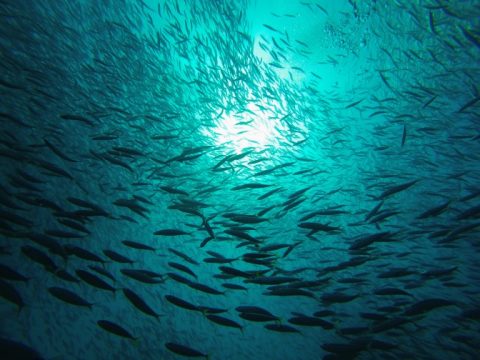
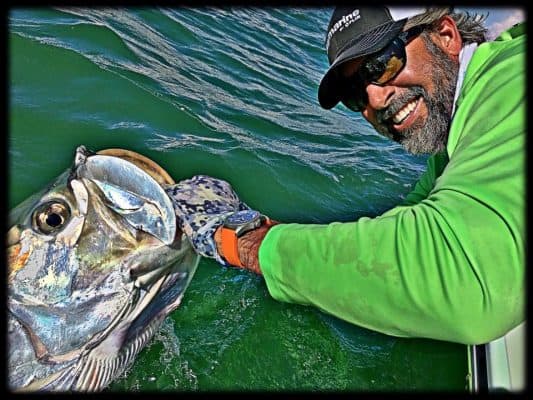

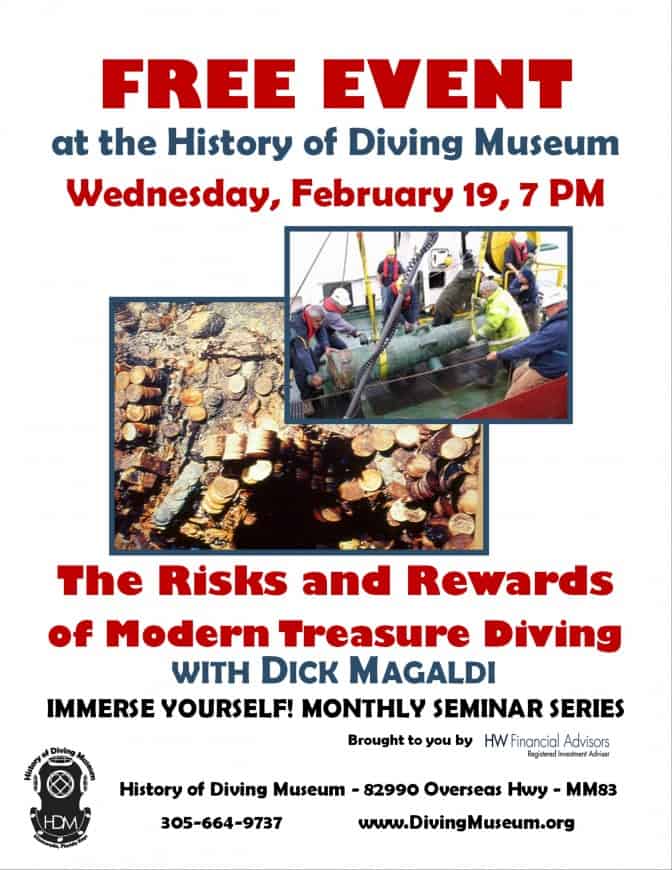
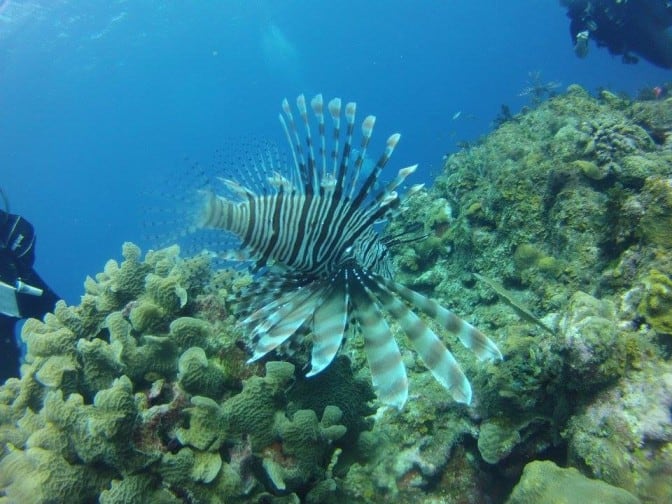
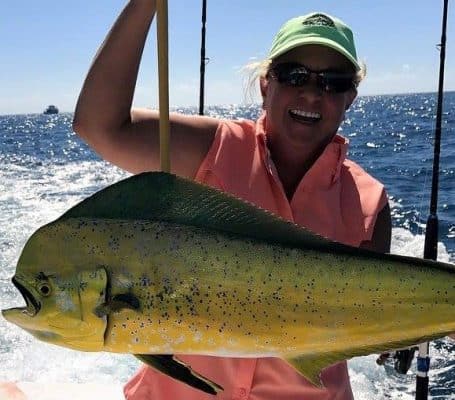
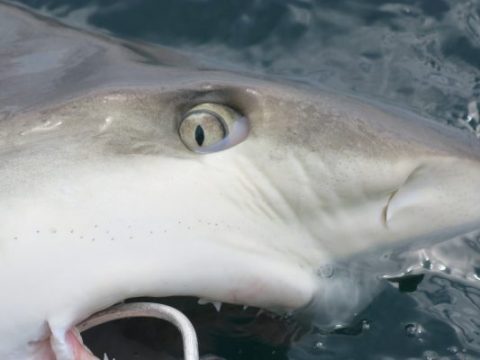

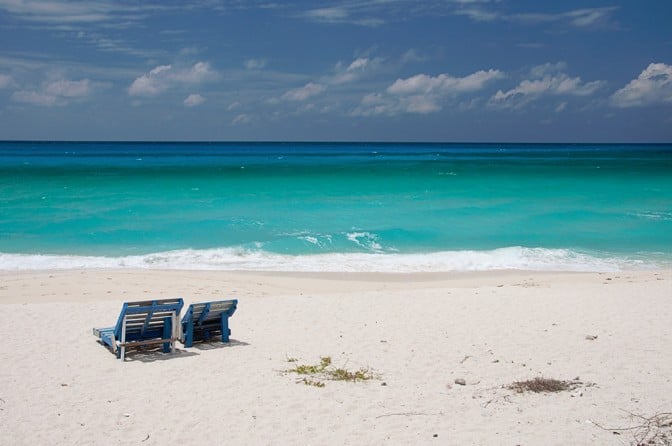




TRAVEL DESK : 800.513.5257